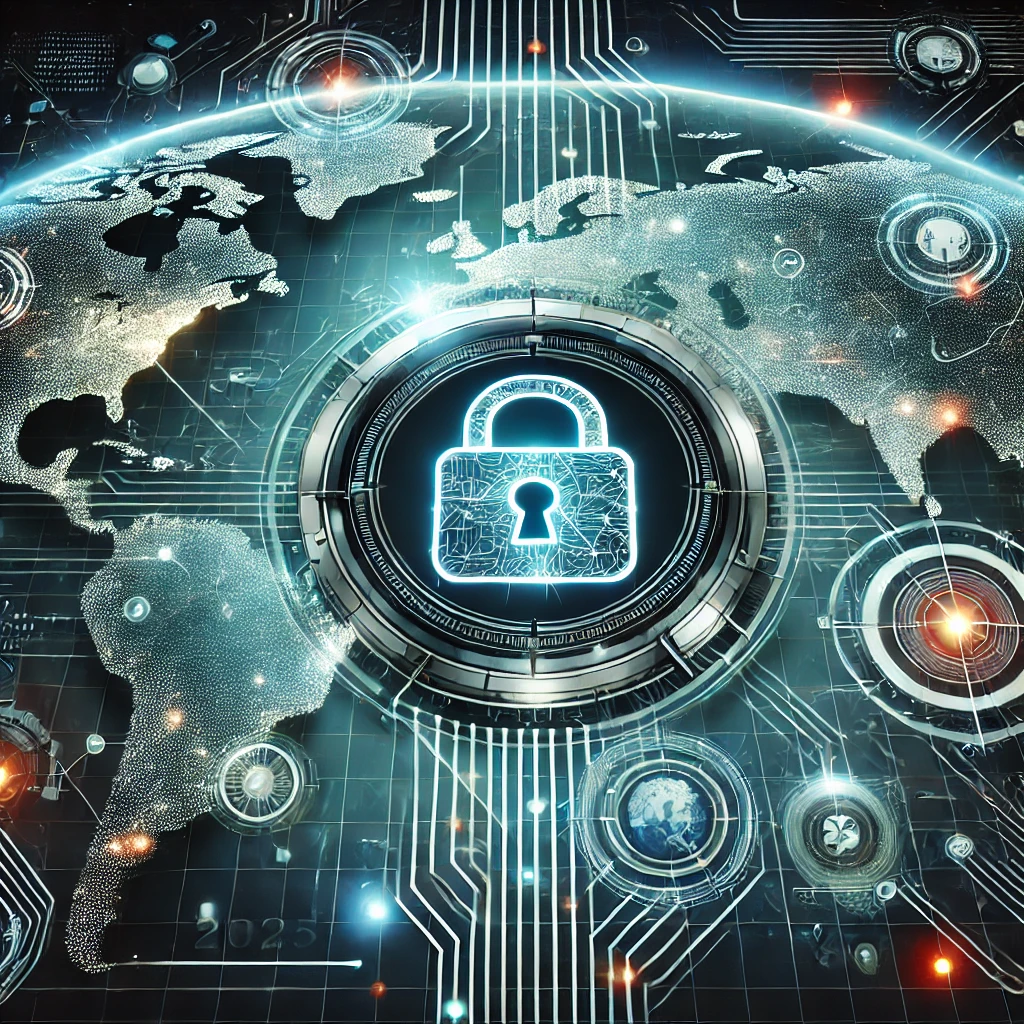Introduction
The increasing reliance on digital systems puts governments, businesses, and individuals at risk of cyberattacks. According to experts, the probability of a global cyber blackout in 2025 is significant. This scenario involves the simultaneous disruption of essential digital services such as energy, transportation, and telecommunications. In light of this outlook, understanding the risks and adopting measures to prevent or minimize impacts is crucial.
In recent years, the world has witnessed a series of incidents that have adversely affected companies and users. In July, a failure in one of CrowdStrike’s security systems affected 8.5 million computers worldwide. In 2022, the attack on Colonial Pipeline in the United States halted a significant portion of operations for the country’s largest pipeline network, disrupting fuel supplies and causing a temporary crisis.
According to IBM’s 2023 report, the average cost of a data breach reached a record $4.45 million, underscoring the financial impact of errors and hacker attacks.
Risks Associated with a Cyber Blackout
The concept of a cyber blackout extends beyond isolated attacks. It represents a large-scale systemic failure, often fueled by ransomware attacks, exploitation of critical infrastructure vulnerabilities, and manipulation of interconnected networks. The consequences may include:
- Economic Impacts: Business and institutional shutdowns, leading to significant financial losses.
- Social Disruption: Interruptions to essential services can create chaos in entire communities.
- National Security Compromises: Critical infrastructures, such as power grids and transportation systems, become priority targets.
Preventive Measures
To mitigate the risks of a cyber blackout, recommended strategies include:
- Diversification of Technology Vendors: Over-reliance on a single vendor can amplify the impacts of targeted attacks. Diversification reduces the risk of systemic vulnerabilities.
- Adoption of Artificial Intelligence (AI): AI-based tools can identify anomalies and act swiftly to contain threats.
- Incident Response Plans: Organizations should develop and regularly test contingency plans to address cyberattacks.
- Education and Awareness: Training teams and end users in digital security practices significantly reduces the risk of human error.
The Role of ESG in Addressing Cyber Blackout Risks
Addressing the risks of a cyber blackout can be integrated into ESG (Environmental, Social, and Governance) practices, particularly under the Governance pillar.
Governance:
- Risk Management and Compliance: Companies adhering to ESG principles are encouraged to implement robust corporate governance systems, including the identification, assessment, and mitigation of cyber risks. Investing in security technologies and adopting frameworks like ISO 27001 demonstrate a commitment to responsible governance.
- Transparency and Reporting: Cybersecurity has become a critical component of ESG reporting. Organizations are assessed not only for profitability but also for their resilience to operational risks, including cyber risks. Reporting preventive measures, incident responses, and digital resilience is increasingly valued by investors and stakeholders.
- Regulatory Compliance: Governments worldwide are demanding greater compliance with data protection and cybersecurity laws, such as GDPR in Europe or LGPD in Brazil. Companies that responsibly address cyber risks align with best governance practices.
Social:
- Personal Data Protection: A cyber blackout could compromise sensitive information about customers, employees, and communities. ESG adherence encourages practices that protect this data and ensure stakeholder privacy and security.
- Awareness and Training: Educating employees on digital security is a relevant social element. This not only reduces organizational vulnerability but also demonstrates care for employee skill development.
Environmental (Indirectly):
While the connection to the environmental pillar is less apparent, cyber blackouts can directly impact the operation of critical infrastructures like sustainable energy systems. Companies aligned with ESG should include digital resilience as part of their environmental commitments, ensuring the continuity of operations that promote sustainability.
Conclusion
A global cyber blackout in 2025 may not be inevitable, but its occurrence can be minimized with proper preparation. Investing in resilient infrastructure, implementing advanced technologies, and fostering an organizational culture of cybersecurity are essential steps to mitigate potential damage. The collective effort of governments, businesses, and individuals will be crucial in addressing this challenge.
Incorporating ESG practices into cyber risk planning and response reflects organizations’ commitment to responsible and strategic management, aligned with the expectations of an increasingly demanding digital world.

